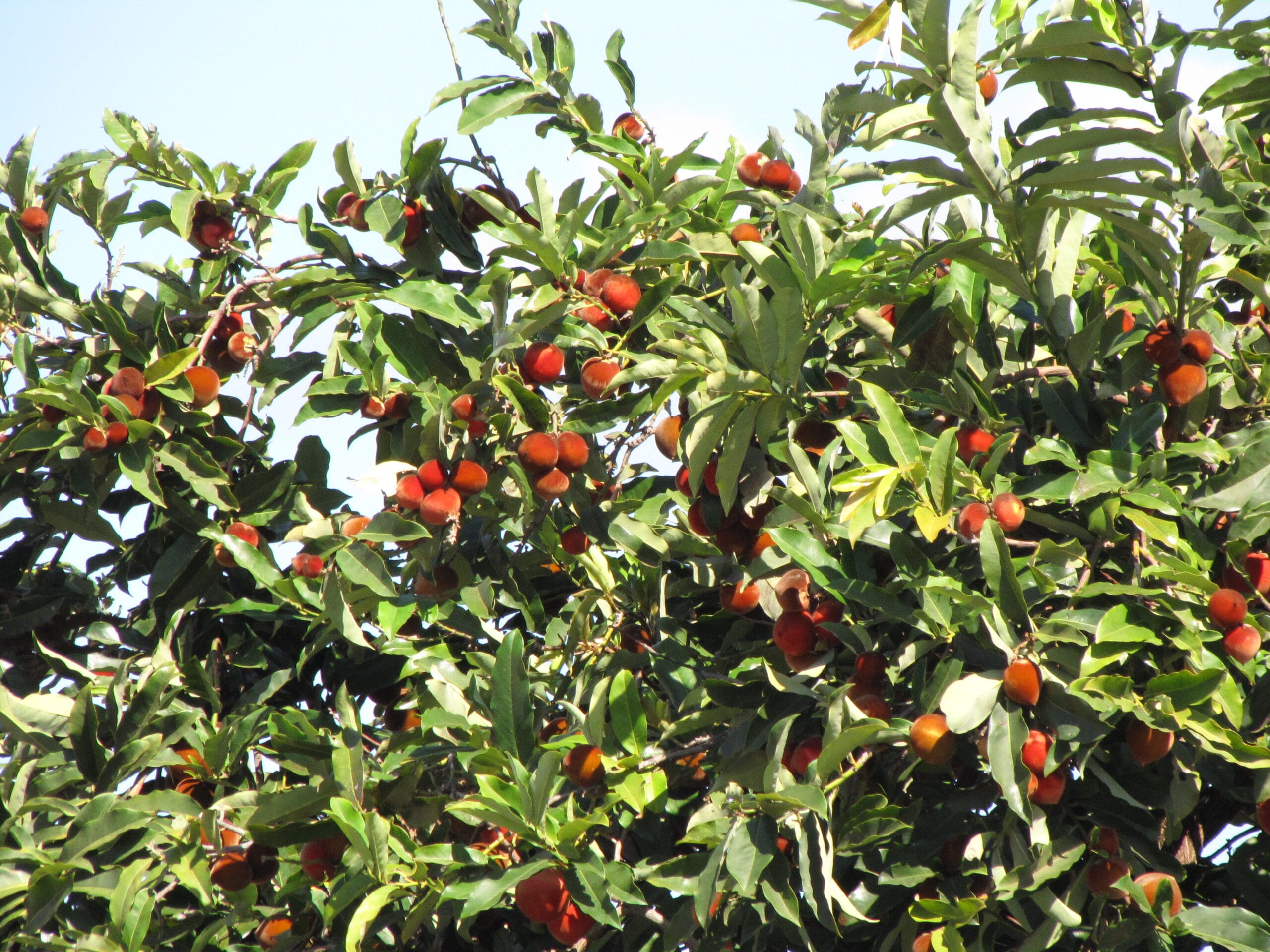The Kamagong tree, scientifically known as Diospyros blancoi, is a native species of the Philippines celebrated for its dense hardwood and multiple benefits.
Often referred to as “ironwood” due to its remarkable strength, Kamagong holds a unique place in the ecological, cultural, and economic landscape of the country.
The tree is revered not only for its unmatched durability and aesthetic appeal but also for its environmental and nutritional contributions. As a symbol of resilience and strength, Kamagong has been intertwined with Filipino traditions, making it a treasured natural resource.
This article delves into the fascinating Benefits of Kamagong, exploring its history, characteristics, and myriad benefits while highlighting the importance of conservation efforts to safeguard this remarkable tree for future generations.
History Of Kamagong
Kamagong has been a part of Filipino heritage for centuries. Indigenous communities have long valued its wood for crafting tools, furniture, and traditional weapons.
The tree’s symbolic association with strength and resilience is deeply rooted in local folklore and customs. Kamagong wood was historically used in barter trade, serving as a valuable item exchanged with neighboring regions for food and other goods.
During the Spanish colonial era, Kamagong wood became a favored material for high-quality furniture and religious artifacts. Wealthy Filipino families often showcased Kamagong furniture as a status symbol, signifying elegance and permanence.
Its reputation as an heirloom material has been preserved to this day, making it a cherished part of Filipino craftsmanship and identity. Efforts to document and protect Kamagong’s legacy have also emerged, emphasizing its role in shaping the Philippines’ cultural and natural heritage.
Characteristics Of Kamagong
Kamagong trees are known for their:
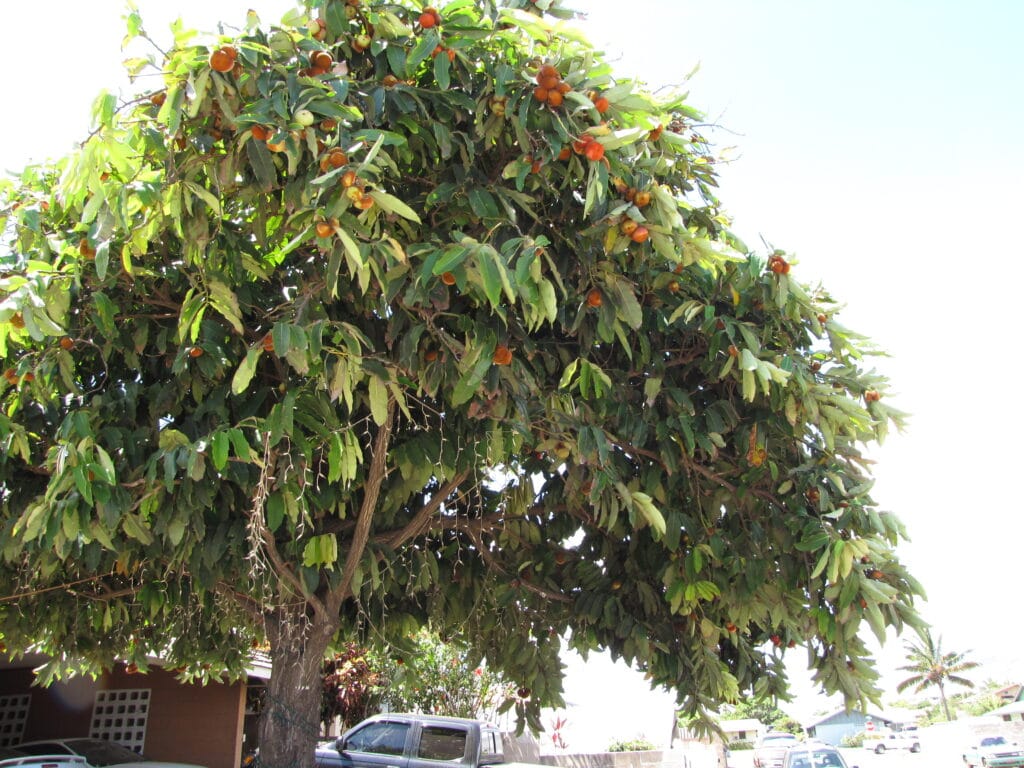
- Hardwood: One of the hardest and most durable woods in the world.
- Color: Its dark, almost black wood with a fine grain makes it aesthetically appealing.
- Height: The tree can grow up to 25 meters tall with a broad canopy.
- Fruit: The tree bears edible fruits known locally as “Mabolo,” which are round, velvety, and have a distinct aroma.
Environmental Benefits
Kamagong trees contribute significantly to the environment by:
- Carbon Sequestration: Absorbing carbon dioxide and mitigating climate change.
- Soil Conservation: Preventing soil erosion with their strong root systems.
- Habitat Support: Providing shelter and food for various wildlife species.
- Biodiversity Promotion: Supporting a range of flora and fauna in its ecosystem.
Uses And Benefits Of Kamagong
Here are some Benefits of Kamagong:
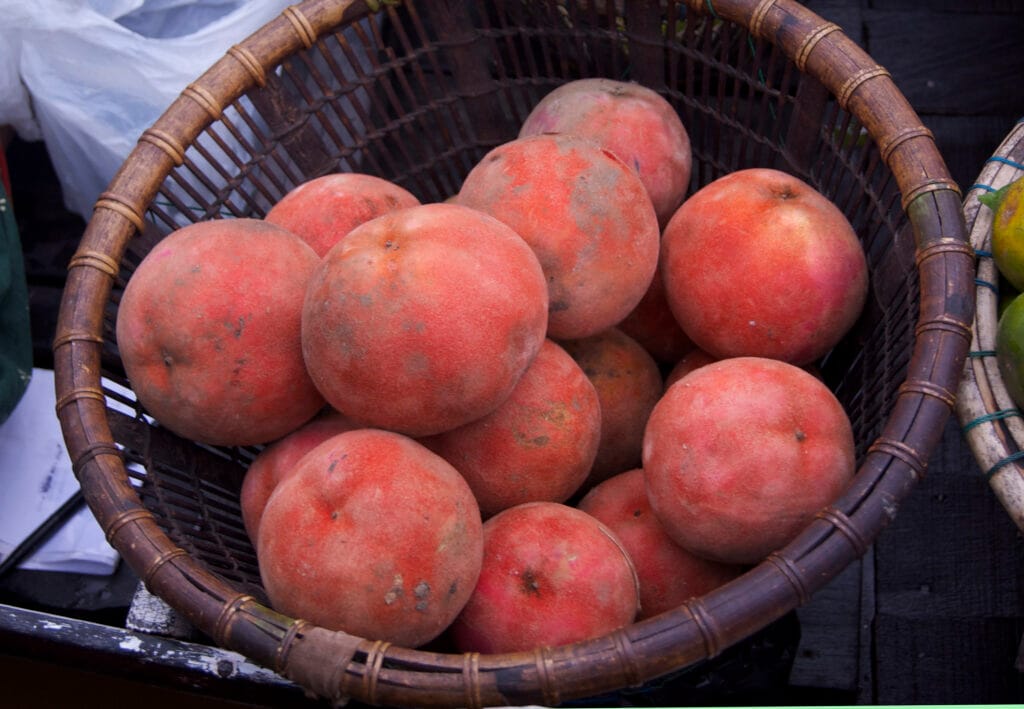
- Durable Wood: Renowned for its resistance to wear and decay, making it ideal for long-lasting furniture and structures.
- Aesthetic Value: Its dark wood is highly sought after for decorative purposes.
- Cultural Significance: Used in traditional ceremonies and as a symbol of strength.
- Edible Fruit: The Mabolo fruit is a nutritious food source.
- Medicinal Properties: The tree’s bark and fruit are traditionally used in herbal remedies to treat various ailments.
- Eco-friendly Material: Kamagong wood is a sustainable choice when harvested responsibly.
- Climatic Adaptability: The tree thrives in diverse environments, making it a resilient species.
- Artisanal Craft: Its unique grain inspires artisans to create intricate and valuable products.
Uses
- Furniture and Flooring: Kamagong wood is prized for its beauty and durability.
- Tools and Weapons: Traditionally used to craft spears, knives, and other tools.
- Ornamental Items: Frequently used in making jewelry, sculptures, and other decorative pieces.
- Musical Instruments: Some artisans use Kamagong wood to create unique and durable musical instruments.
- Martial Arts Gear: Used in Filipino martial arts for crafting arnis sticks and other training tools.
Economic Significance
Kamagong wood is a valuable commodity in both local and international markets. Its durability and unique aesthetic make it highly desirable for high-end furniture and decorative items, contributing to the livelihoods of artisans and woodworkers.
Additionally, Mabolo fruit offers a niche market opportunity for fresh produce and value-added products like jams and preserves. Sustainable management of Kamagong resources can further enhance its economic value.
Conservation and Challenges
Kamagong is classified as a threatened species due to illegal logging and deforestation. Conservation efforts include:
- Reforestation Projects: Encouraging the planting of Kamagong trees.
- Sustainable Harvesting: Promoting responsible use to ensure long-term availability.
- Legislation: Enforcing laws to protect Kamagong from exploitation.
- Community Engagement: Educating local communities about the ecological and economic importance of Kamagong.
Interesting Facts About Kamagong
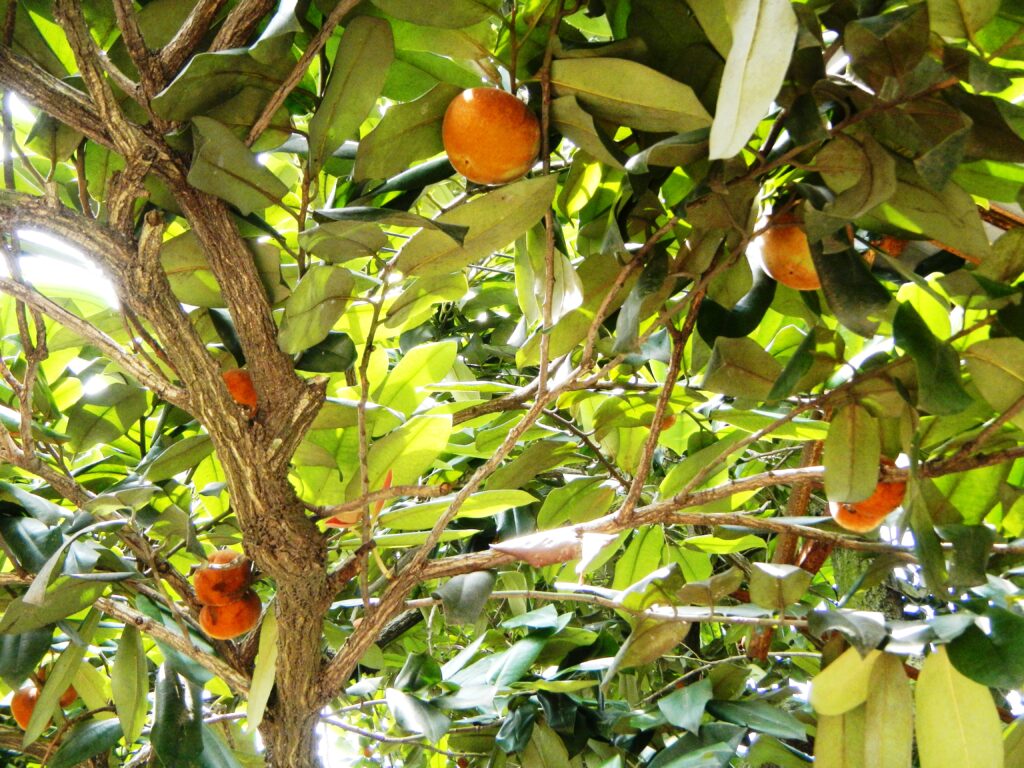
- Kamagong wood is so dense that it sinks in water.
- The Mabolo fruit is considered a delicacy in some regions but is avoided by others due to its strong odor.
- In Filipino martial arts, Kamagong is often used to craft arnis sticks.
- The tree can take decades to mature, contributing to the rarity of its wood.
- Kamagong is sometimes referred to as the “Philippine ebony” due to its luxurious appearance and texture.
- The fruit’s velvety skin serves as a natural protective layer, extending its shelf life.
- Its flowers are small and inconspicuous but attract pollinators, supporting biodiversity.
- The tree is often planted as a symbol of strength and perseverance in communities.
Culinary Uses Of Kamagong
The fruit of the Kamagong tree, Mabolo, has a soft, creamy texture and a sweet flavor despite its pungent aroma.
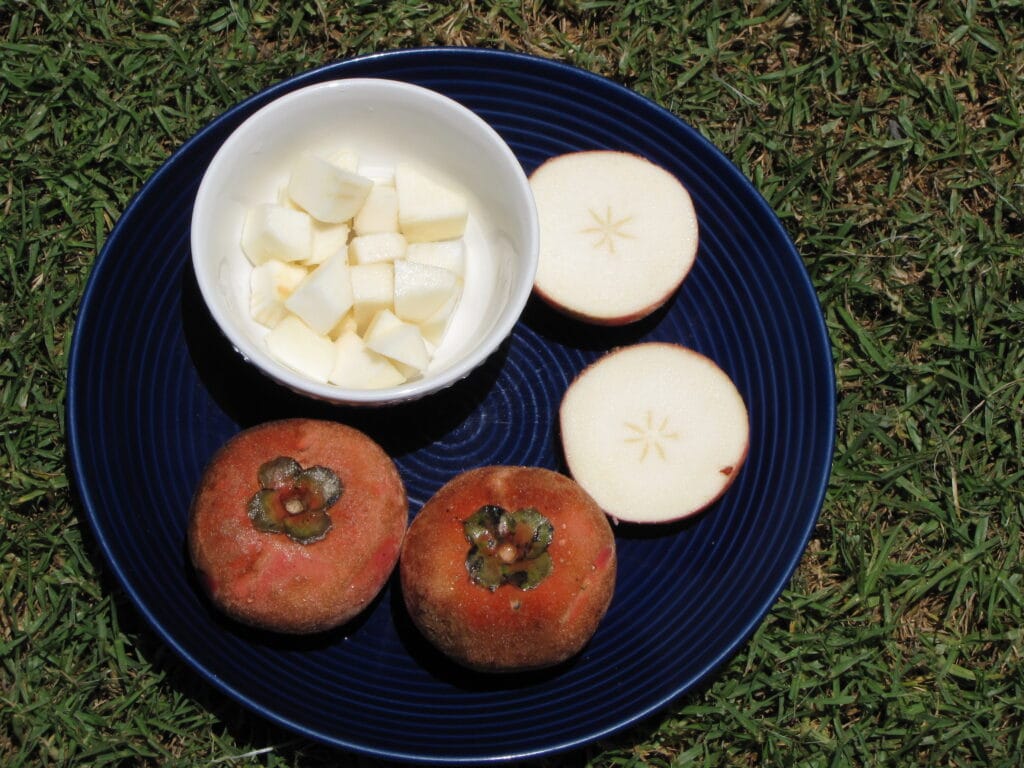
It is often eaten fresh or used in desserts and preserves. Its unique taste makes it a key ingredient in traditional recipes.
Nutritional Benefits
Mabolo fruit is rich in:
- Fiber: Aids in digestion.
- Vitamins A and C: Boosts immunity and promotes skin health.
- Antioxidants: Helps in fighting free radicals and reducing inflammation.
- Calcium: Supports strong bones and teeth.
- Potassium: Aids in maintaining healthy blood pressure levels.
Traditional Dishes
Mabolo is featured in various traditional dishes and desserts, including:
- Mabolo Salad: Mixed with other fruits and a touch of honey.
- Mabolo Jam: Made by cooking the fruit with sugar to create a sweet spread.
- Mabolo Sorbet: A refreshing dessert made by blending the fruit with ice and sweeteners.
Caution
While Kamagong wood and Mabolo fruit offer numerous benefits, it is essential to:
- Avoid overharvesting the tree to ensure sustainability.
- Consume Mabolo fruit in moderation, as excessive intake may lead to digestive discomfort.
- Handle the fruit’s skin carefully, as some individuals may experience mild skin irritation.
Conclusion
Kamagong, or Diospyros blancoi, is a testament to nature’s resilience and beauty. Its environmental, cultural, and economic significance underscores the need for its conservation.
Beyond its aesthetic and practical uses, the tree represents the Philippines’ rich natural heritage and craftsmanship.
Kamagong’s diverse applications—from durable wood to nutritious fruit—highlight its importance as a multifaceted resource.
However, the growing threats of deforestation and overharvesting demand immediate attention and action. Sustainable practices, coupled with community awareness and legislative support, are vital to preserving this remarkable tree.
By valuing and protecting Kamagong, we not only safeguard a natural treasure but also honor the legacy of generations who have relied on its strength and beauty. Let us ensure that this “ironwood” continues to stand tall, inspiring resilience and pride for years to come.
Also Read: Benefits of Makabuhay (Tinospora cordifolia) Benefits, Uses, Facts and History
Well, what do you think about the article?
Did you enjoy reading “Benefits of Kamagong (Diospyros blancoi) Exploring the Wonders of Velvet Apple“?
We really hope that you have found this article informative and engaging. If you have any thoughts or comments about this post, please feel free to share them in the comment section below. We appreciate your feedback and would be glad to hear from you.
To see more content like this check the gardening section of Money For My Beer.

